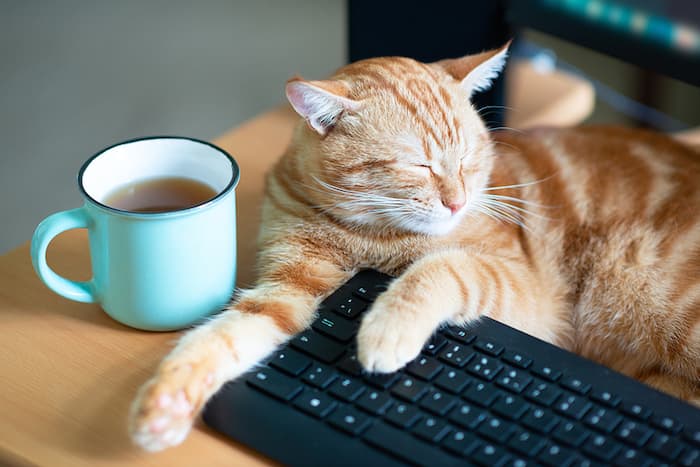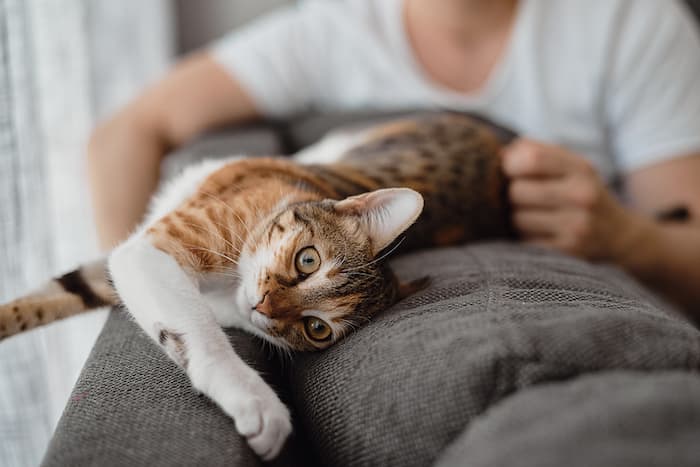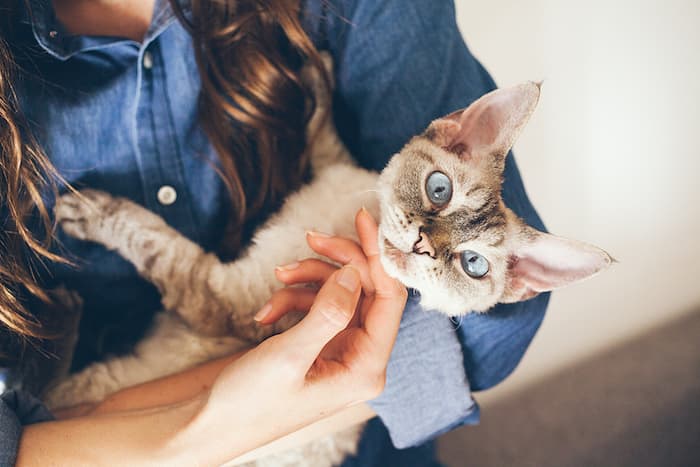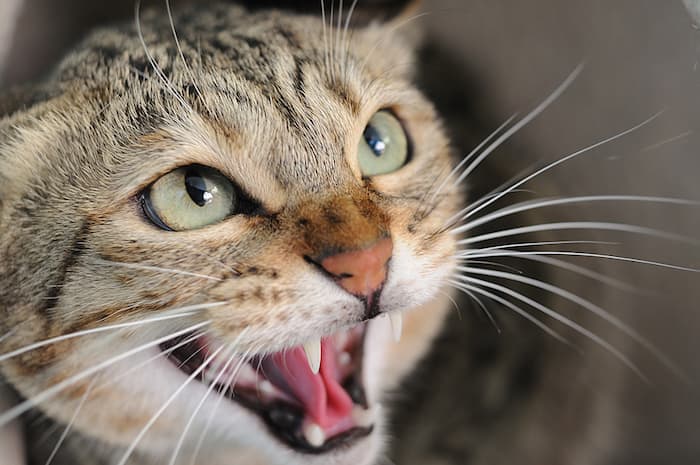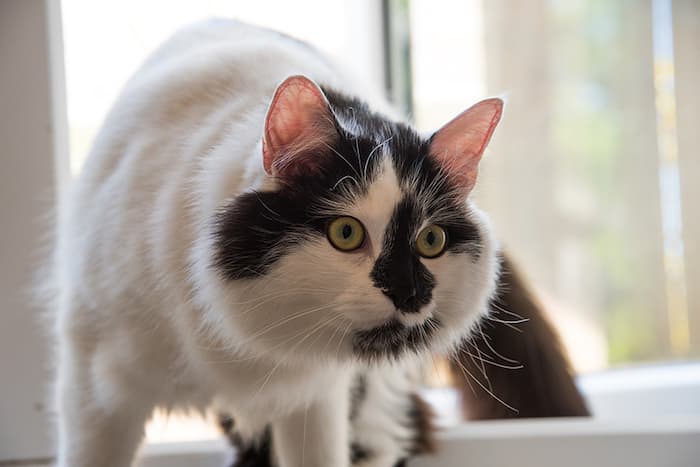We all know the basics of cat communication; purrs are generally welcoming while hisses mean back off. But cat communication has different layers. Often, cat communication is non-verbal. However, when they become vocal, we should pay attention to what they are trying to communicate. Many studies have been conducted on how cats attempt to communicate with humans, but they are often communicating with other pets too. So, let’s find out what your cat has been trying to tell you.
Why do Cats Purr?
Typically we associated purring with positive feelings and general happiness in cats; however, this isn’t the only interpretation of purrs. Continuous purrs can have multiple meanings.
- Food: Sometimes, when your feline friends purr, it is to let you know that it is meal time. Or in anticipation of food. They may combine a mewing and purring when they are alluding to hunger.
- Kittens: Kittens will begin purring within a few days of life; they use it as a bonding tool to communicate with their mothers. A purr from a kitten might mean “I’m right here” or “I am okay, Mom.” Mother cats can also use purring to soothe their babies as a lullaby does for human babies.
- Bone Regeneration and Healing: Yeah, you read that right. Studies have shown that purring at a low frequency can cause vibrations throughout the body to heal wounds or mend bones. Some experts think this suggests why cats can withstand falls and heal quickly from surgeries, with fewer complications than other pets.
- Self-Soothing: If your furry friend is injured, purring may be their form of self-soothing; it may calm them and help them to relax.
How do cats purr?
The distinctive purring sound that we attribute to domesticated cats is produced by combining functions within their vocal cords, their laryngeal muscles, and the neural oscillator. Throughout the process of breathing in and out, the laryngeal muscles open a space between the vocal cords called the glottis. When the vocal cords separate, it produces the purring sound. The laryngeal muscles are sent a signal from the neural oscillator, which is specifically designed for this function.
Why do cats meow?
Want to feel extra special? The truth is that cats meowing is a special communication between owners and their fur babies. Most cats do not meow at each other; they tend to use verbal cues. Feral cats have been found to hardly use meowing, as they have outgrown it and have no need for it after weening. Or perhaps your feline is trying to tell you it wants to create a CAT blog to build a following of cat lovers.
Early on, kittens meow for their mothers’ attention if they are hurt, cold or hungry. But once they are weaned. They learn that meowing will no longer work, as they are not responded to and therefore do not receive the gratification they were looking for.
So when you call your cat your fur baby, it’s actually true. They communicate with you like they would their mother, receive attention, indicate stress or injury, or welcome you home. Who says a wagging tail and a sloppy kiss are the only way to welcome someone home?
If the meowing sound is their common meow or accompanied by leg rubs, they likely indicate that their food bowl is empty or want some love- via rubs and pats. If it is an unusual sound, or at an odd time like the middle of the night, your cat might be trying to hint that something is wrong.
Why do cats hiss?
Contrary to common beliefs hissing is not an act of aggression. It is often your kitty’s way of communicating that they are stressed, uncomfortable, or under attack. It’s more of a defensive gesture to say, “ I am being threatened” or “I feel scared.” Most of the time is cat-to-cat aggression; the hissing cat is the victim.
In new or stressful situations like going to the vet or being chased by another cat, you may see this defensive gesture. Your cat is saying, back off, I need some space.
Why do cats chirp?
Chirping in cats is usually an exciting sound, usually stimulated by potential prey- a bird or rodent. Generally Is associated with “hunting,” whether it be the prey, toys, or kibble.
Every vocalization your cat makes is an attempt to communicate with you as its owner. It’s important to pay attention to signs that your kitty is upset, in distress or hurt, or maybe just wants some cuddles.

